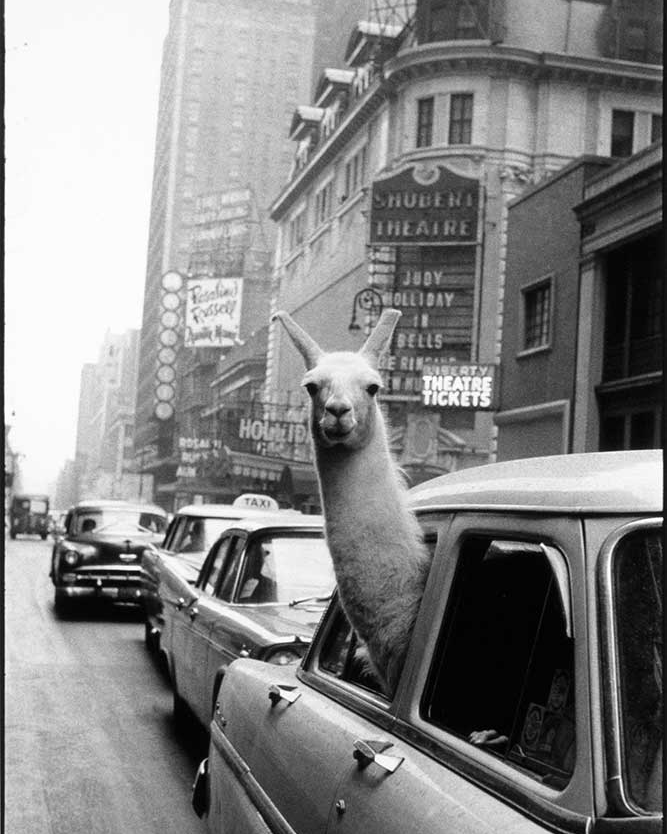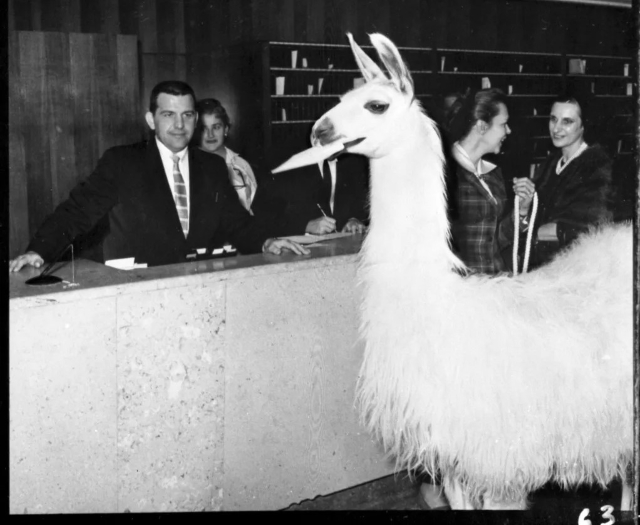
The Statler Dallas is one of only three Texas hotels among those nominated as a finalist for the 2025 Historic Hotels of America awards, set for Oct. 30. Downtown Dallas’ midcentury gem is joined by The Ashton in Fort Worth and The Menger Hotel in San Antonio in this prestigious recognition, but really, every hotel on the nominations list is story-worthy on their own.
Historic Hotels of America is an invite-only membership by the National Trust for Historic Preservation for recognizing U.S. hotels that are 50+ years old and have maintained their historic and architectural integrity. It’s like the Unesco World Heritage list for places to sleep.
Their website allows users to search hotels through an interactive map and filter options by style — with 39 architectural categories from Victorian to Art Deco, 15 property types such as mansions and monasteries, and four levels of luxury. (Realtor.com, are you listening??) More than 235 hotels are featured nationwide, each with listings for nearby events, attractions, museums, battlefields, and historic landmarks. An added timeline tool links hotel openings to significant moments in history, including key events, influential figures, and major inventions.
With apologies to Llinda Llee Llama, the Statler’s unofficial mascot, the entire list of Historic Hotels of America nominees offers a retro rabbit hole that I may never climb out of. Join me in the black hole of Texas nominees, will you?
The Statler, Dallas (1956)
Nominated for Historic Hotels of America Best Historic Hotel (76-200 Guestrooms)
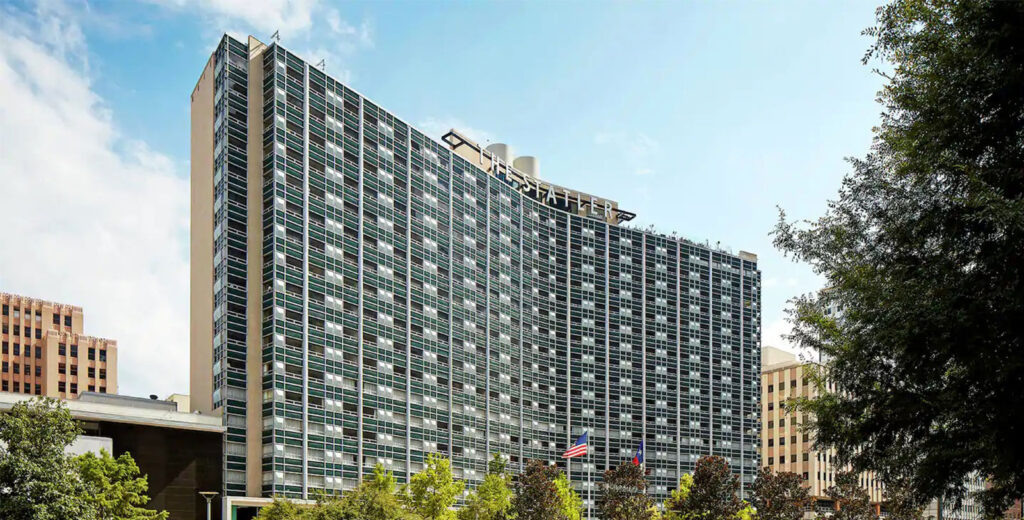
We know The Statler as the hotel that was brought back from the dead. After being named among America’s most endangered places at risk for demolition and being dumped by two previous developers who couldn’t make the financials work, Mehrdad Moayedi’s Centurion American Development Group brought the 1956 hotel back to its glamorous life in 2017. It’s been winning awards ever since.
Designed by William Tabler, The Statler was a marvel of modernism when it opened — the first major hotel built in Dallas in nearly 30 years and one of the most technologically advanced of its time. Its distinctive cantilevered design, glass-and-aluminum façade, and innovative ballroom introduced Dallas to midcentury sophistication on a grand scale. Inside, the hotel’s sleek terrazzo floors, modular furnishings, and state-of-the-art amenities set a new national standard for hospitality.
In 1959, Neiman Marcus invited Llinda Llee to Dallas to attend its annual Fort Night gala featuring materials and fashions inspired by South America.
“Flying into Dallas Love Field, she arrived at The Statler in a convertible, which perfectly fit her style,” The Statler wrote on Facebook. “She checked in at the Front Desk with her handler and stayed in the hotel’s Penthouse for two weeks. Llinda Llee enjoyed being paraded in the streets of Dallas, riding in limos, and visiting sick children in multiple hospitals. She made quite an impression on Dallas and our staff, and quickly became The Statler’s Brand Ambassador.”

Even old Statler and Waldorf would get a kick out of that.
The Menger Hotel, San Antonio (1859)
Nominated for Historic Hotels of America Best Historic Hotel (201-400 Guestrooms)
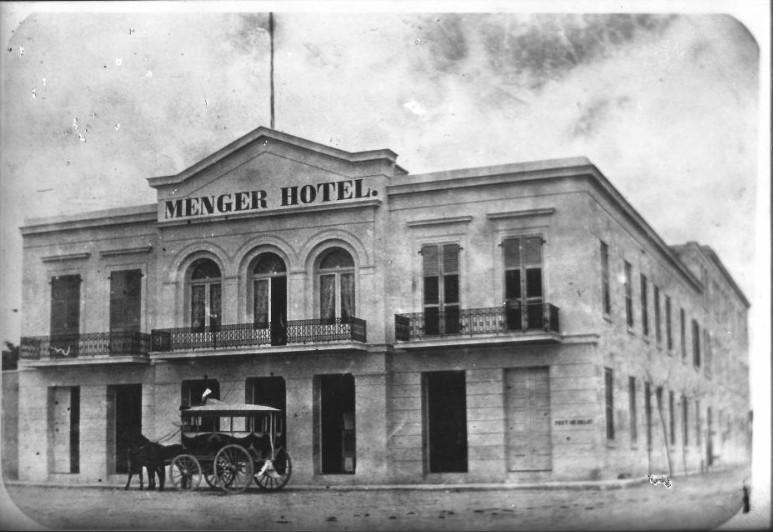 The Menger Hotel Photos: Raba, Ernst Wilhelm; University of North Texas Libraries, The Portal to Texas History, crediting San Antonio Conservation Society.
The Menger Hotel Photos: Raba, Ernst Wilhelm; University of North Texas Libraries, The Portal to Texas History, crediting San Antonio Conservation Society.
Before the famously haunted hotel’s first guests roamed the halls and banged around on walls, they were guests of the Menger’s thriving Western Brewery. William Menger opened Texas’ first commercial brewery on Alamo Plaza in 1855, and the hotel was built next to it in January 1859, just 23 years after the famous siege.
When William and his wife Mary opened their adjacent hotel, it quickly became a showpiece of mid-19th-century neoclassical design, featuring cast-iron verandas, sweeping arched windows, and a grand three-story lobby crowned with a stained-glass skylight. Later expansions introduced Victorian flourishes — elaborate cornices, mahogany trim, and imported Italian tile — that still define its historic interiors today.
But the hotel had its own variety of guests. When the Civil War effort needed boarding for Confederate troops in 1861, Menger closed the hotel and made all rooms and the kitchen available to soldiers.
 Photograph of Alamo Plaza looking south. From left to right are: the three-story Menger Hotel; St. Joseph’s Catholic Church, with its steeple still under construction; the Gallagher Building (center) and the Dullnig Building, distinguished by its dome (upper right). A streetcar travels up the open plaza across from where horse-drawn carriages are parked in front of the Gallagher Building and Menger Hotel.
Photograph of Alamo Plaza looking south. From left to right are: the three-story Menger Hotel; St. Joseph’s Catholic Church, with its steeple still under construction; the Gallagher Building (center) and the Dullnig Building, distinguished by its dome (upper right). A streetcar travels up the open plaza across from where horse-drawn carriages are parked in front of the Gallagher Building and Menger Hotel.
By the time of the Spanish-American War in 1898, the elegant hotel added an equally indulgent bar. Paneled in rich mahogany and illuminated by gaslight-style sconces, The Menger Bar was modeled after London’s House of Lords Pub. It became a favorite haunt for a group of lively (as in alive) soldiers and one famous lieutenant colonel — Teddy Roosevelt, who recruited his Rough Riders here. I shouldn’t say haunt. That’s later.
Named one of the most haunted hotels in America, some claim you can hear the sounds of children laughing, bicycles riding the hallways, and spurs jingling, as well as phantom cigar smoke and apparitions of several dozen spirits.
The Ashton Hotel, Fort Worth (1915)
Nominated for Historic Hotels of America Best Small Historic Inn/Hotel (Under 75 Guestrooms)
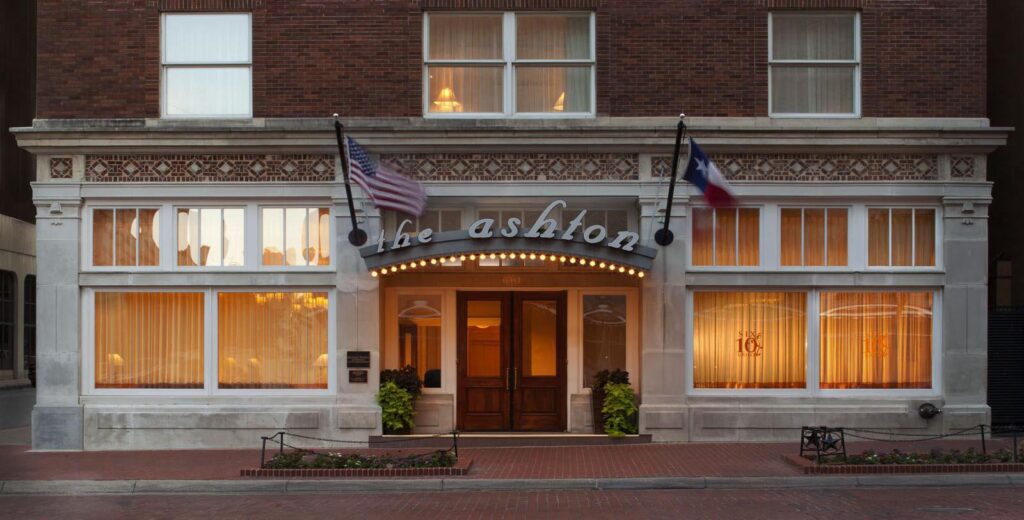
Fort Worth’s Ashton Hotel began its life as two distinguished style buildings — one housing the Fort Worth Club, the other the city’s oldest savings and loan. From 1937 on, the neighboring buildings shared a history of integrated use. When Mary and William Ashton stitched them together into a single property in 2001, its transformation preserved the historic integrity of both structures while introducing the comforts of a boutique hotel experience.
With Italianante and Victorian-style roots reflecting its two early 20th-century buildings, the Ashton’s restoration highlights intricate brickwork, wrought-iron balconies, and elegant stone details. The preservation of the façade and select interior features ensures a blend of historic charm and modern comfort, inviting guests to experience the elegance of early 20th-century Fort Worth.
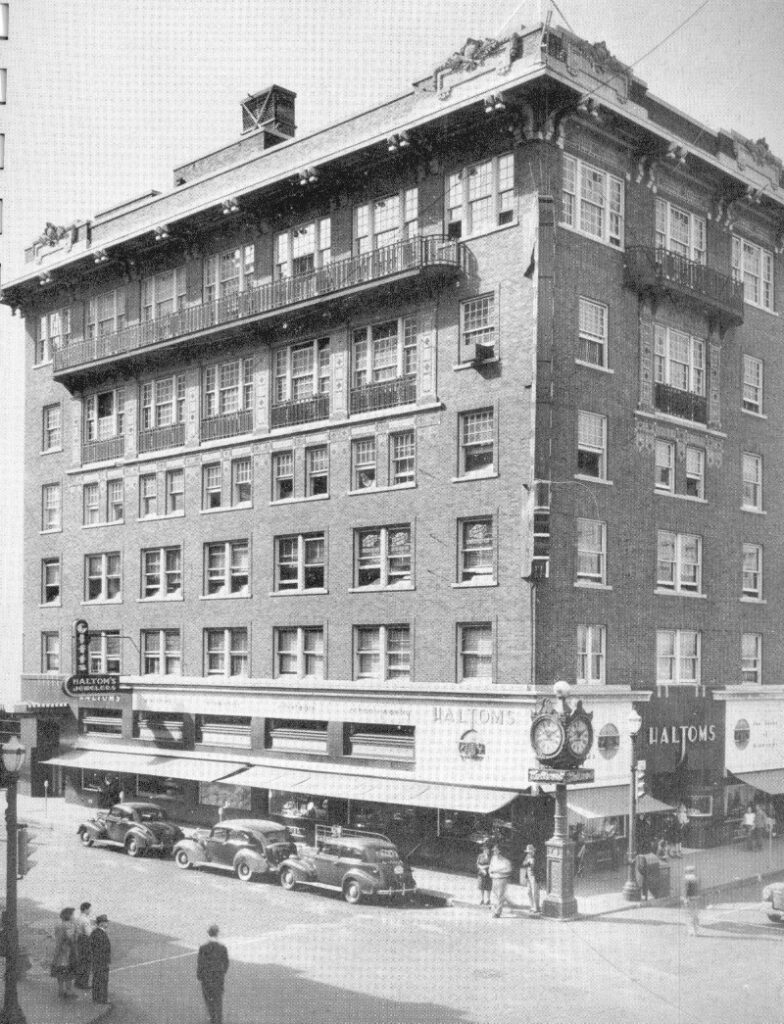
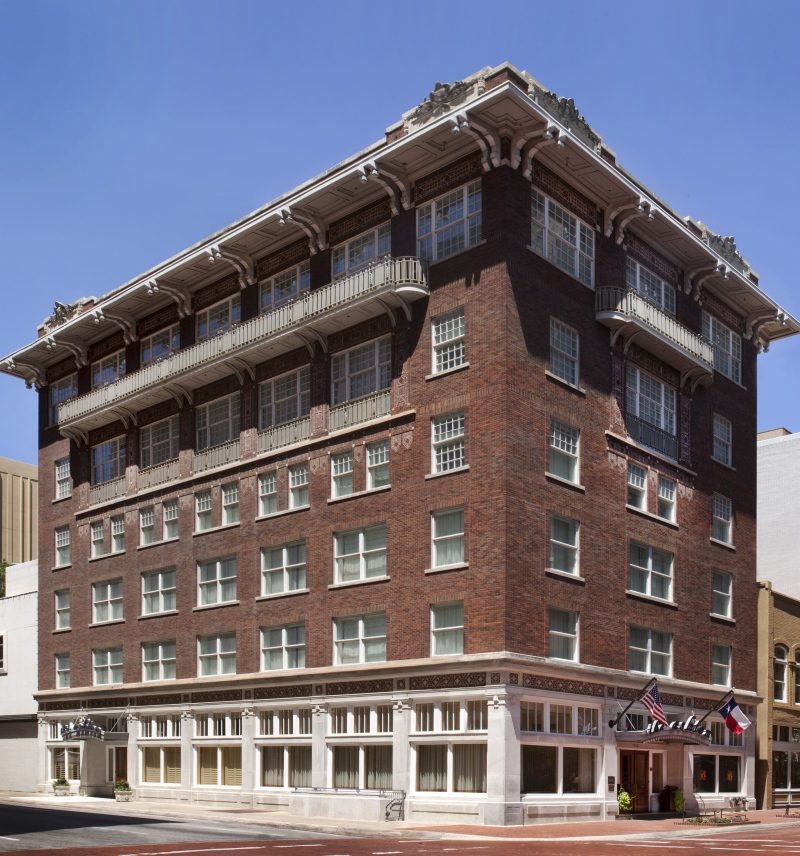
Today, the 39-room property operates as a boutique hotel. It’s the kind of place where the past feels perfectly preserved — and yet, entirely at home in modern-day Cowtown. Its afternoon tea service is known and loved by critics and residents alike.
This year’s award winners, selected from the Nominee Finalists, will be announced on Thursday, October 30 in Seattle. No word yet on whether Llinda Llee or her descendants will make the trip, but if anyone deserves a red carpet moment, it’s Dallas’ most glamorous llama.
